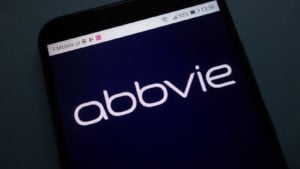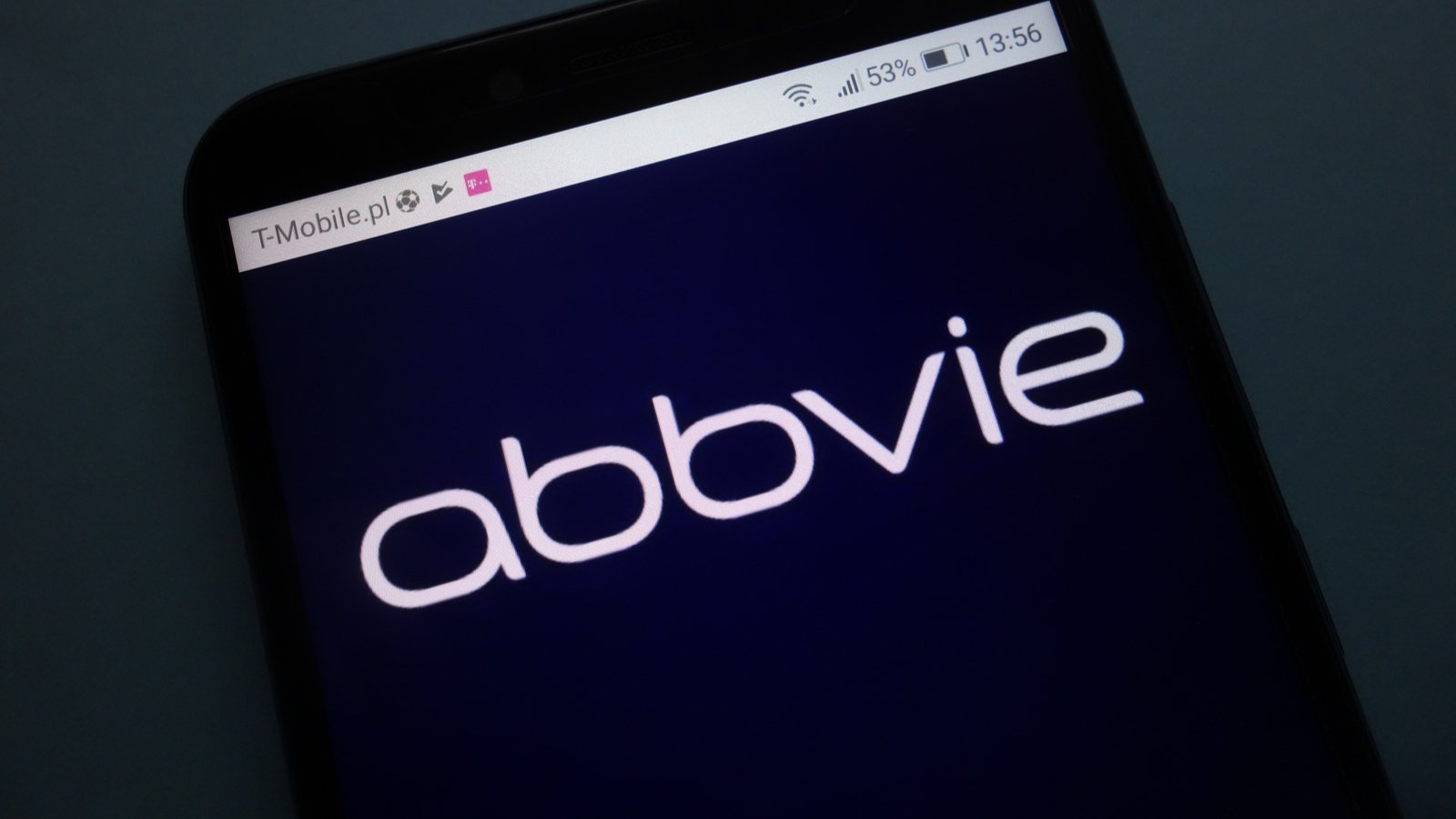How would you like the yield of an oil stock without the risks of buying one? That’s what you can get with Abbvie (NASDAQ:ABBV). The beta on ABBV stock is 0.78; The similarly yielding but more-risky Chevron (NYSE:CVX) sports a beta of 1.33.

Abbvie is best known for the immunosuppressant Humira, used to treat arthritis. The stock opened for trade June 2 at about $91.50 a share. It has a below-market price to earnings ratio of 16.5. It also has a $1.18 per share dividend that currently yields 5.2%, and the earnings to pay for it.
But high yields come with risks. In this case, it’s the problem of replacing revenue from Humira, the best-selling and most-advertised prescription drug on the market.
Fortunately, Abbvie has a plan for that.
The Monopoly Problem
Humira has been bringing Abbvie $20 billion a year and the company has been pushing its price aggressively. While the drug has been around since 2002, Abbvie built a thicket of patents around it that would maintain its monopoly through 2034.
Generic drug makers finally agreed to keep competing biosimilars off the market until 2023, but that date has been hanging over Abbvie. It’s why the stock has remained a bargain. The problem is similar to that of Gilead (NASDAQ:GILD), which sold for less than 10 times earnings while it was dependent on its Hepatitis-C treatments .
Merging Allergan
The solution to the Humira problem was to spend $63 billion on Allergan, the maker of Botox and other drugs. That deal was completed just last month. The impact of Allergan on Abbvie results won’t be known until the end of July, when the company reports earnings for its June quarter.
Right now, analysts are more optimistic than management, expecting $2.33 per share of earnings on $8.11 billion of revenue. Management, however, expects earnings of just $2.10-2.16 a share, with full-year earnings of $9.61-9.71. That’s still about twice the annual dividend payout of $4.72, however. So far in 2020, Abbvie is up just 2%, recovering from a pandemic low of $64.50 and now $7 a share short of its February high.
Analysts are celebrating the combination. One called the current Abbvie price “unsustainably cheap.” Revenue is now expected to reach $56 billion in 2023. EPB Macro Research calls the company a “post-merger powerhouse.”
Maybe. Before the merger, Allergan was known for “suboptimal performances” under former CEO Brent Saunders, who gets $38.7 million to go away. He’s best known for trying to sell Allergan, which he had based in Ireland for tax reasons, to Pfizer (NYSE:PFE), a deal nixed by the Obama administration.
Curing the Humira Headache
While Allergan was best known for Botox and Juvederm, injected to remove facial wrinkles, it’s the company’s new drug pipeline that is the key.
For instance, Allergan is now rolling out a migraine medicine called Ubrelvy. This costs about $850 for 10 tablets through GoodRX. The formulation was approved late last year.
Ubrelvy is competing against an Eli Lilly (NYSE:LLY) drug called Reyvow, which costs $640 for 8 tablets.
Abbvie also has high hopes for Oriahnn and Orilissa, which reduce menstrual bleeding and can prevent uterine fibroids, a leading cause of hysterectomies. The company has filed to use Rinvoq, its rheumatoid arthritis treatment, on psoriatic arthritis as well. It has also signed a deal to market cancer drugs from Jacobio Pharmaceuticals.
Bottom Line on ABBV Stock
The Allergan pipeline has been lined up to replace Humira revenue as competition in its niche heats up.
There’s still risk. Buying Allergan sent Abbvie’s debt-to-assets ratio to 77%. There remains the risk that a Democratic administration could go after companies like Abbvie on pricing, which would make that debt harder to pay off.
Right now, however, those concerns are being shrugged off. They’re lower than the risks you’ll find in oil stocks. For income investors ABBV stock looks like a bargain.
Dana Blankenhorn has been a financial and technology journalist since 1978. He is the author of the environmental thriller Bridget O’Flynn and the Bear, available at the Amazon Kindle store. Write him at [email protected] or follow him on Twitter at @danablankenhorn. As of this writing he owned no shares in companies mentioned in this story.
